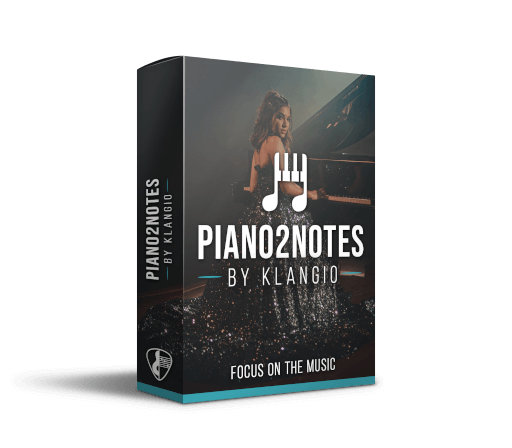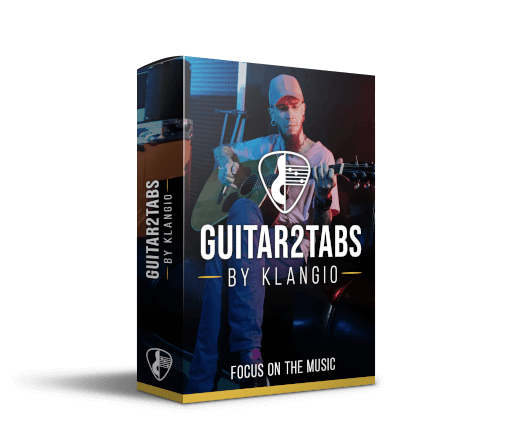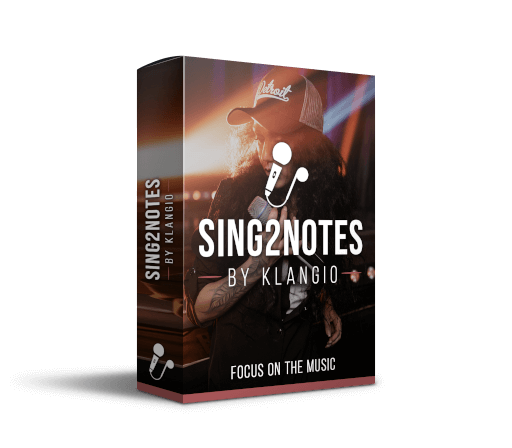Learning songs note-for-note is an invaluable skill for musicians. However, accurately transcribing music requires tailoring your approach to each genre. In this guide, we’ll explore techniques on how to transcribe music by genre, including rock, jazz, classical, and a cappella music.
Why Musicians Transcribe Compositions

Other than genre, music transcription can also vary in different Types of Music Transcription, such as Chord, Lead Sheet, and Solo Transcription. Make sure to know which kind of Transcription you’re looking for before diving in.
Before diving into genre specifics, let’s review why transcribing is important:
- Learn new songs to expand your repertoire
- Study compositions from influential musicians
- Analyze chord changes, melodies, rhythms and other elements
- Create sheet music to share with other players (for example, with Klangio)
Carefully notating songs allows musicians to learn them perfectly and distribute to other instrumentalists and vocalists. The process, however, varies between different genre.
Transcribing Rock: Riffs, Solos and Chord Progressions

Rock music encompasses punk, metal, alternative, and classic rock. These styles often use repetitive chord patterns and riff-centric melodies. Useful rock transcriptions include:
- Guitar tabs illustrating exact finger positions
- Chord charts of common progressions
- Drum notation for grooves and fills
- Lyrics aligned with the vocal melody
Tabulature is essential for capturing intricate riffs and solos note-for-note. Tools like Guitar2Tabs can help you lay down a fundamental transcription of guitar parts. Chord charts display the harmonic foundations. Drum notation provides the rhythmic backbone. Lyrics typically follow predictable melodic shapes. Notating these core elements helps rock musicians accurately learn songs.
Conveying the Nuance of Jazz Standards and Improvisation

Jazz music relies heavily on improvisation over complex and extended chord changes. Useful jazz transcriptions feature:
- Detailed chord changes and extensions
- Characteristic melodic themes and motifs
- Improvised solo notation
- Unique articulations, syncopations and swung rhythms
Jazz chord progressions move in modulating ways not found in pop or rock. Transcribing chords like Cmaj9#11, Dm7b5, and other extensions is essential. Melodies incorporate nuanced articulations, rhythmic variations and development of motivic ideas. Improvised solos also follow this sophisticated language. Notating these details is crucial for capturing the complexity of jazz. Tools like Piano2Notes can ease up the process of transcribing jazz pianos.
Transcribing Classical Music: Accurately Notating for Each Instrument

Classical music covers the Baroque, Classical, Romantic and Modern eras. Useful classical transcriptions include:
- Knowledge of Instrument-specific notation
- Expressive articulation markings
- Tempo, dynamic and expressive markings
- Precise rhythmic subdivisions
Unlike rock or jazz, classical transcriptions notate the specific parts for each instrument like violin, bassoon, horn, etc. Markings for staccato, legato and accents aid interpretation. Tempo, dynamics and expression help convey the mood. Rhythms follow complex metrical patterns. These details help recreate the sophistication of classical compositions.
Transcribing the Intricate Parts of A Cappella and Choral Ensembles

A cappella groups and choirs require some specialized transcription skills. Useful elements include:
- Individual vocal lines for each part
- Lyrics aligned with rhythmic values
- Chord symbols for harmonic context
- Rhythmic notation for complex subdivisions/syncopations
When transcribing vocal music, notating each individual vocal line is essential. Tools like Sing2Notes can provide help when it comes to transcribing vocals from other songs. Lyrics line up precisely with rhythms and melodic shapes. Chord symbols demonstrate the harmonic foundations. A cappella and choral music often use advanced rhythms, so accurately notating subdivisions and syncopations helps singers learn their parts.
Software to Assist with Music Transcription



While musicians historically transcribed by ear, software can now help expedite the process. Some popular options:
- Piano2Notes – For Transcribing Piano Music
- Guitar2Tabs – For Transcribing Guitars and Bass
- Sing2Notes – For Transcribing Vocals
- Melody Scanner – Transforming any Song into a Transcription of your needs
These tools enhance efficiency when transcribing large projects. However, human review is still needed for accuracy. The right software just makes the overall process faster.
The Takeaway
Transcribing music takes attentiveness, theory knowledge and care for detail. Transcribing music by genre take individual approaches. But the goal remains consistent – accurately notating compositions for other musicians to learn. With the proper methods and tools, musicians can transcribe their favorite songs to continue expanding their knowledge.

